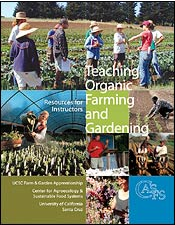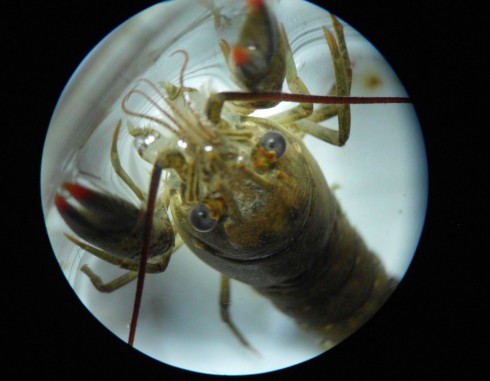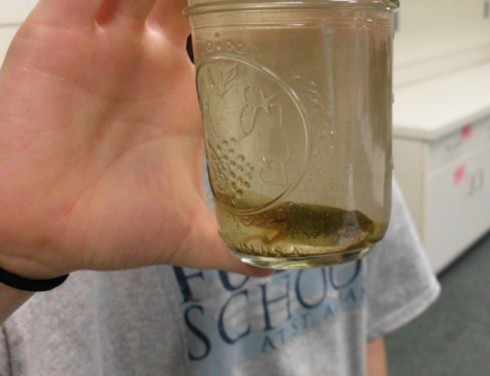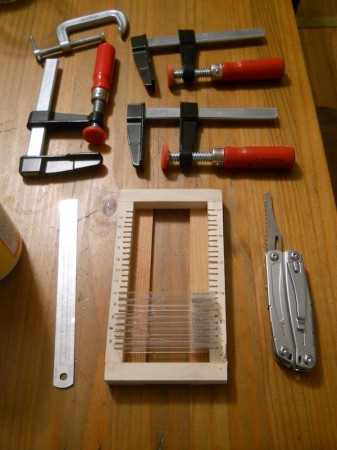Yesterday, Dr. Sansone was kind enough to lead my Biology class through a small mammal dissection (details here). He’d brought in five New Zealand White rabbits (2 male and 3 female) that had been raised for market by an Amish family in northern Missouri.
Over our two-hour class period, we had time to examine the organs in the abdominal and thoracic cavities in some detail. Students had been prepared with group reading assignments of the different organ systems based on the anatomy outline.

After the dissection we removed the pelts and froze them for later preservation. We also froze the carcases for later. I’ve convinced Mr. E. that cooking them would be a great interim activity. Mr. E. is a bit of an epicure, so it did not take much convincing.
Notes
Only one student declined to participate in the dissection for ethical reasons. About half of the class declined to observe the harvesting. Four students volunteered to assist in the harvesting, two of whom were not even in my biology class. They were seniors. One of them, P., had done it before and demonstrated the procedure for us.



![Allometric relationship between body size and time to death by starvation for multicellular poikilotherms in the absence of food (red, drawn from the equation of Peters [1983, p. 42]). Names of various types of organisms are shown as an indication of body size. Image and caption from Robertson et al., 2013.](http://MontessoriMuddle.org/wp-content/uploads/2013/07/Robertson_et_al_2013_Fig1-490x381.png)



